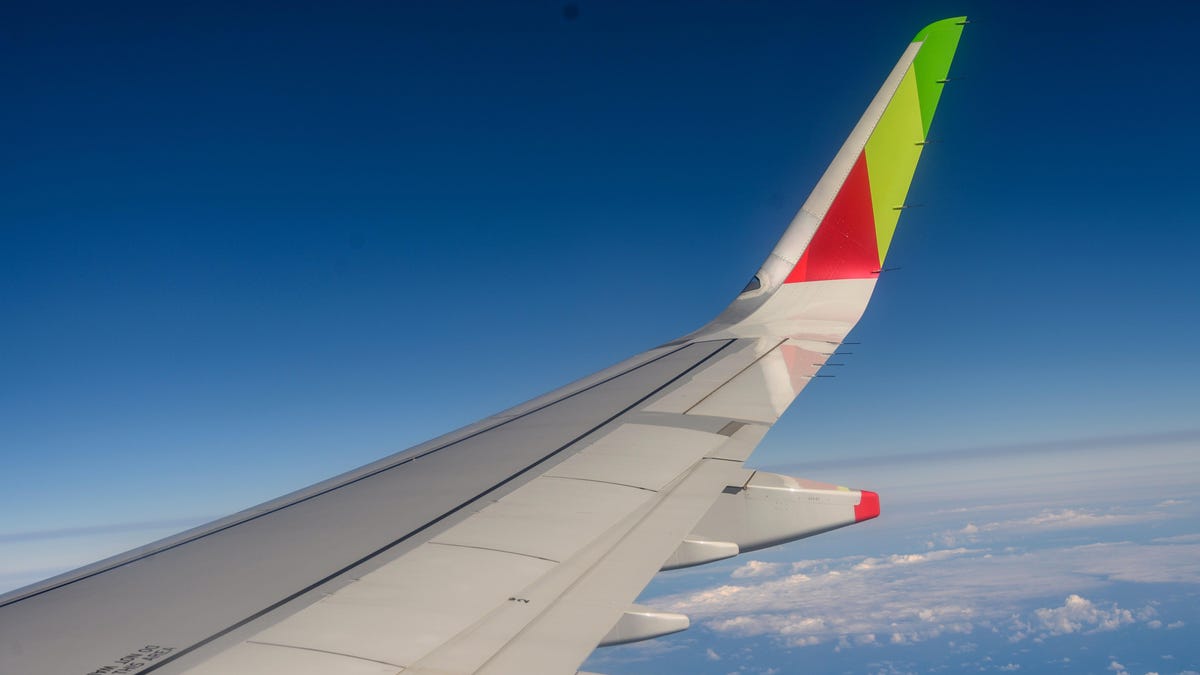Understanding the Science Behind Winglets
Millions of consumers repose their trust in airlines every day as they embark on their journeys. However, the inner workings of these marvels of modern engineering remain a mystery to many passengers. How do these mammoth metal birds manage to stay suspended in the sky, and why do they possess the distinctive features that define their appearance?
The Significance of Winglets
Upon reflection, one might recall a time when aircraft lacked the now ubiquitous winglets. Yet, on a recent business trip, the prominence of these vertical tips at the wing’s extremities caught my eye. Winglets, as they are known, play a crucial role in enhancing aircraft performance and efficiency.
Aerodynamic Functionality of Winglets
Winglets play a vital role in reducing a plane’s aerodynamic drag by approximately 5%. This reduction is achieved by mitigating the vortices – rotating wind patterns – that form at the edge of the wings. These vortices emerge due to the disparity in air pressure above and below the wing. By preventing the convergence of high and low-pressure airflow, winglets effectively diminish drag, thus conserving energy during flight.
In 1897, British aerodynamicist Frederick W. Lancaster introduced the concept of “wing endplates” to counteract drag. Later, in the 1970s, NASA engineer Richard Whitcomb refined this idea with vertical wing extensions inspired by bird anatomy. Whitcomb’s experiments confirmed a 5% drag reduction, and by 1977, LearJet became the first to implement winglets on an aircraft, ushering in a new era of aviation efficiency.
Evolution of Aircraft Efficiency
Today, winglets adorn small and mid-size aircraft worldwide, while larger planes utilize raked wingtips that offer similar aerodynamic benefits. These enhancements not only enhance fuel efficiency but also bolster aircraft stability, reducing susceptibility to turbulent conditions.
The widespread adoption of winglets and raked wingtips has contributed significantly to the aviation industry’s sustainability efforts. By saving billions of gallons of fuel and reducing carbon emissions, these innovations yield cost savings for airlines while minimizing the environmental impact of air travel.
Next time you board a flight, armed with this newfound knowledge, you can engage your fellow passengers in a discussion about the intricate science behind those unassuming winglets gracing the aircraft’s wings.
Image/Photo credit: source url





